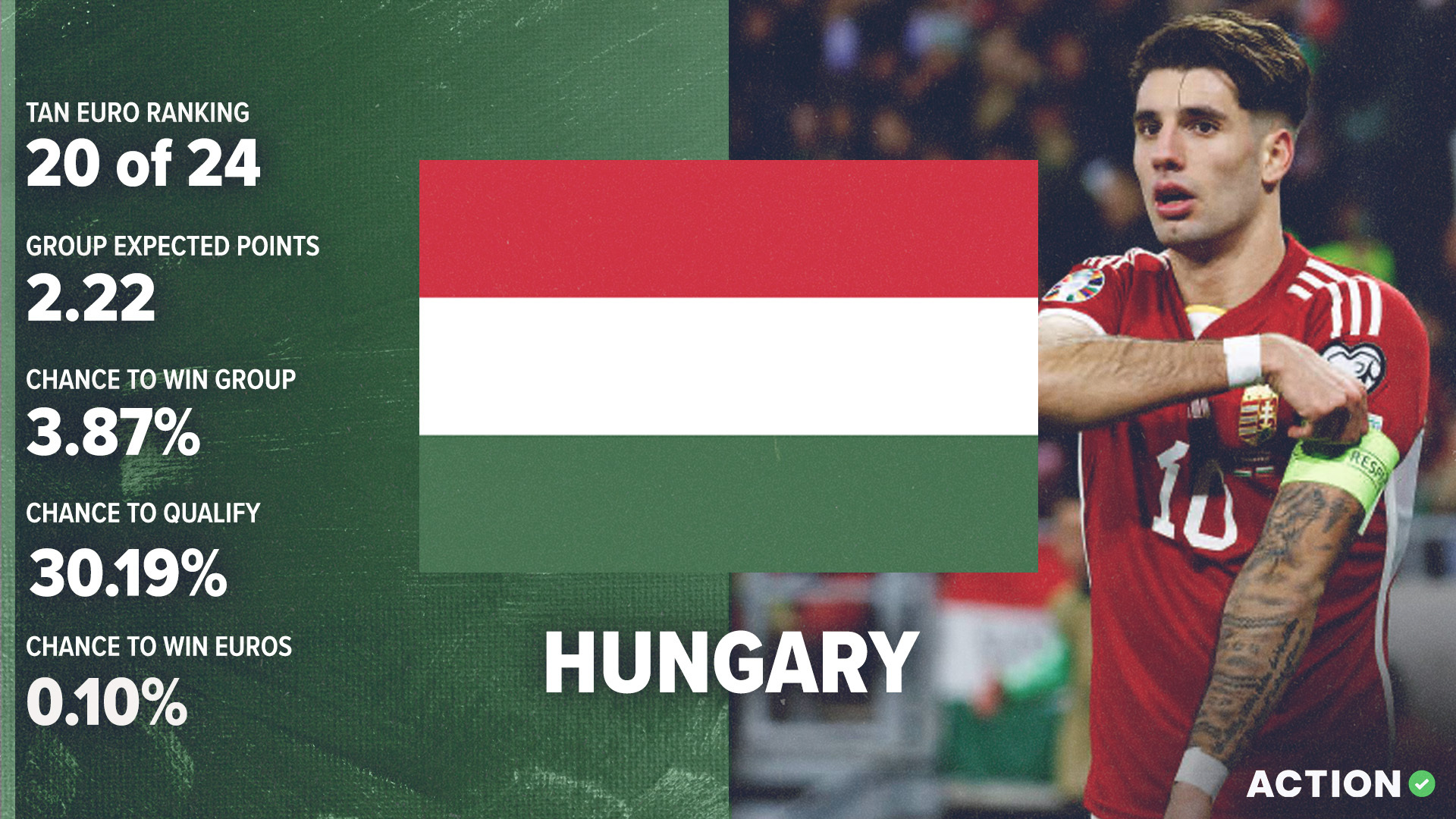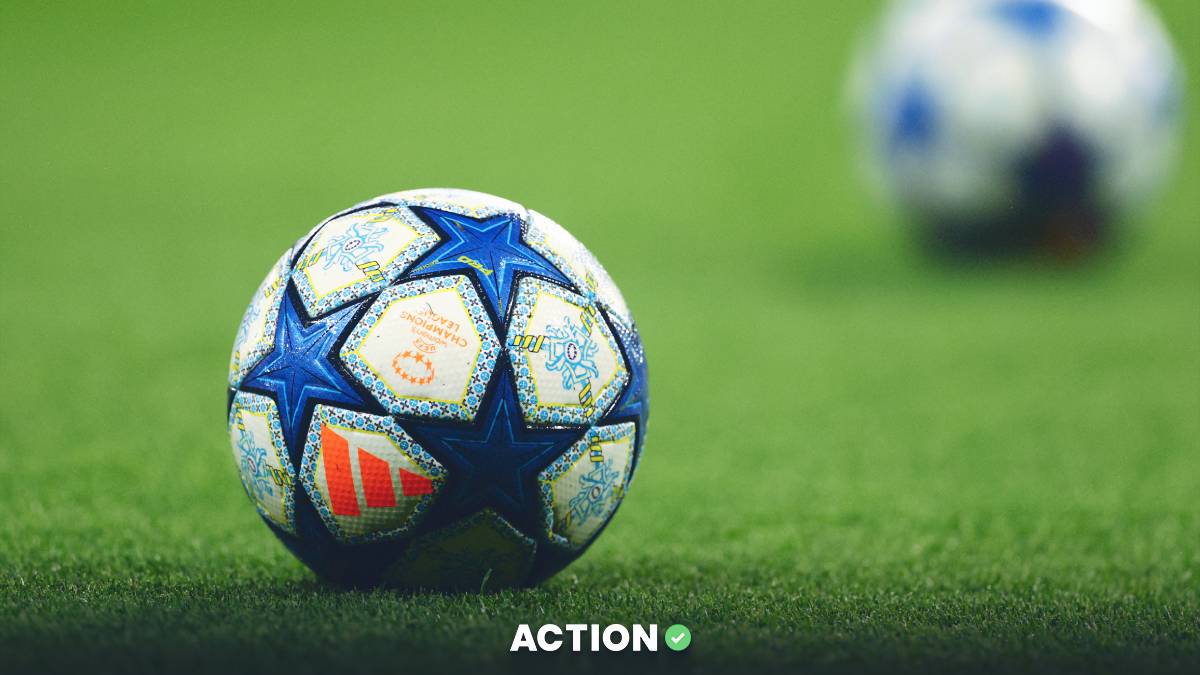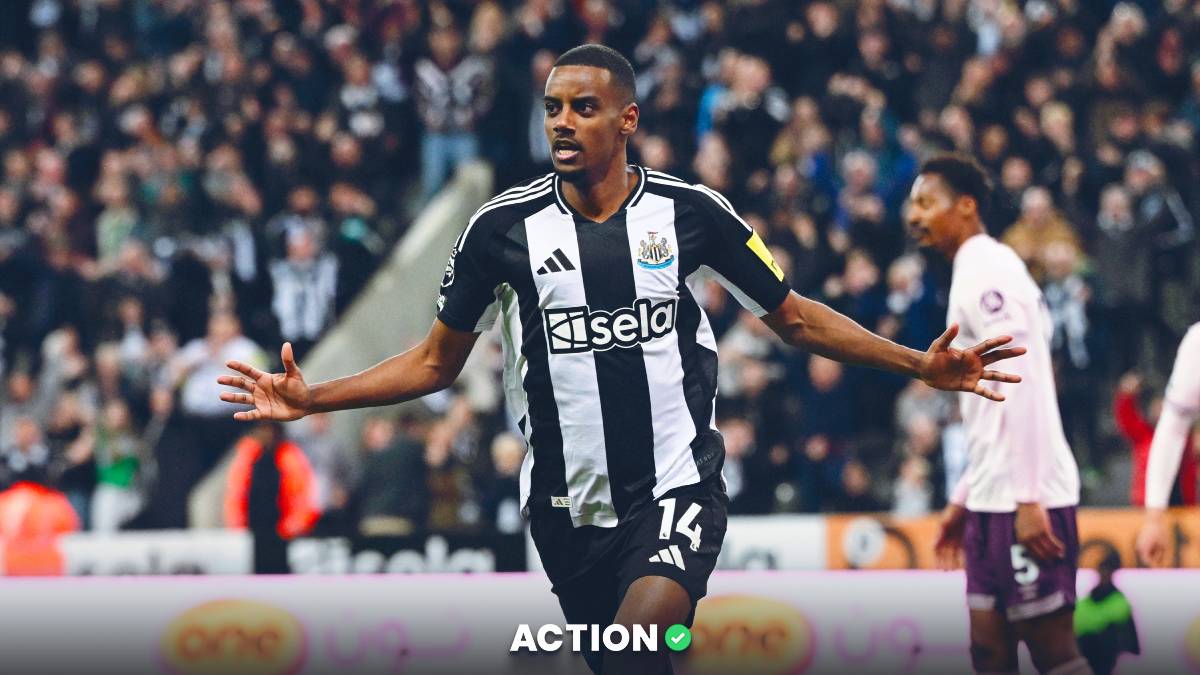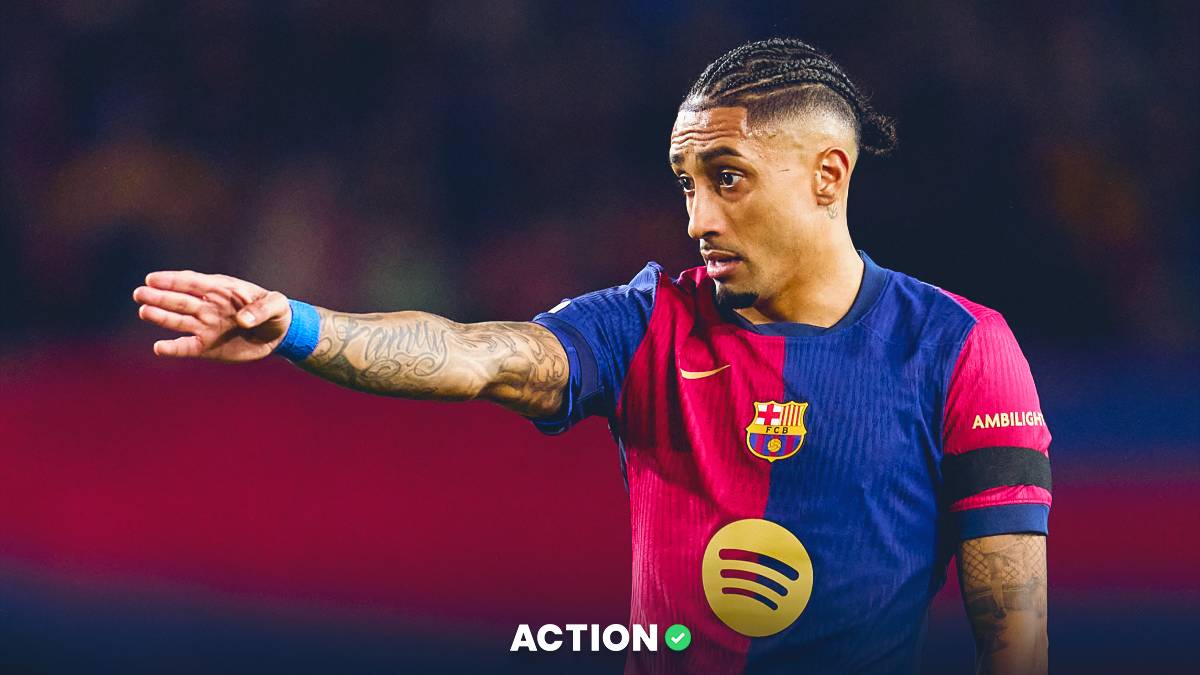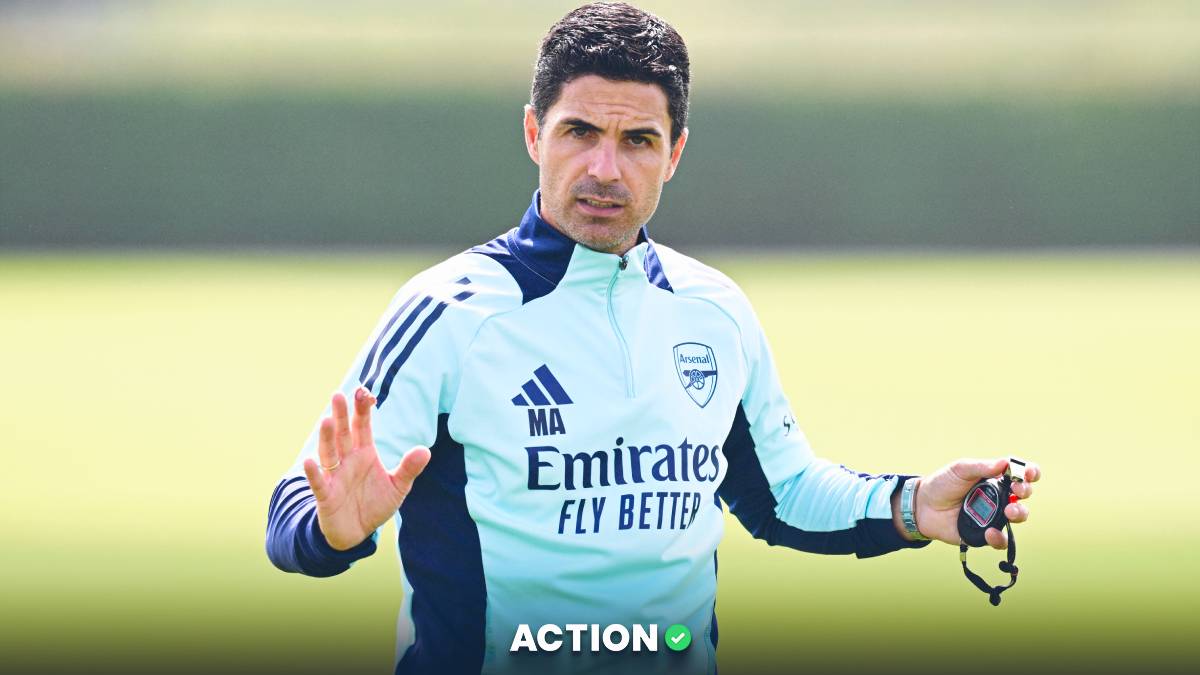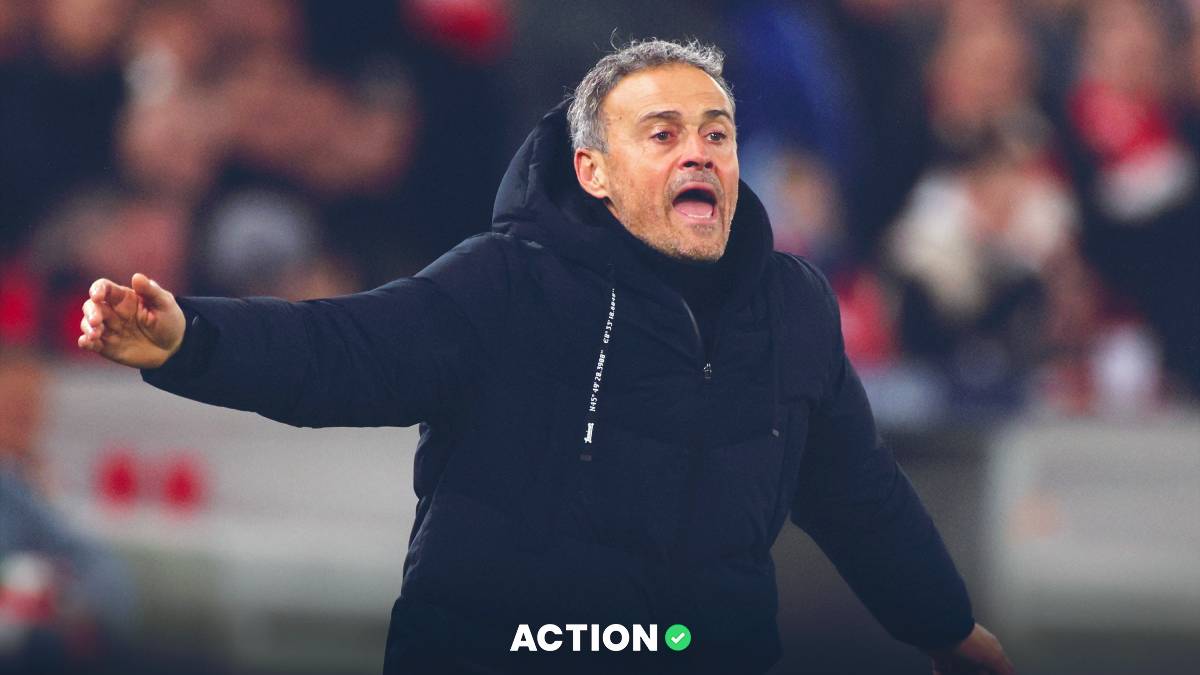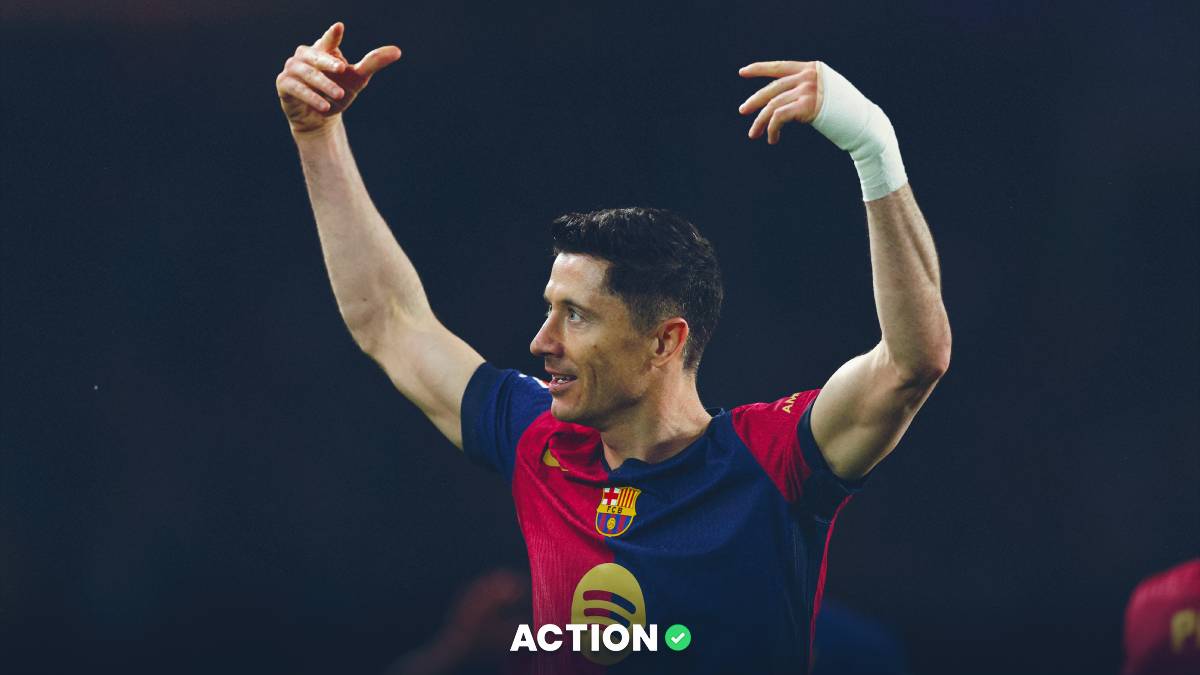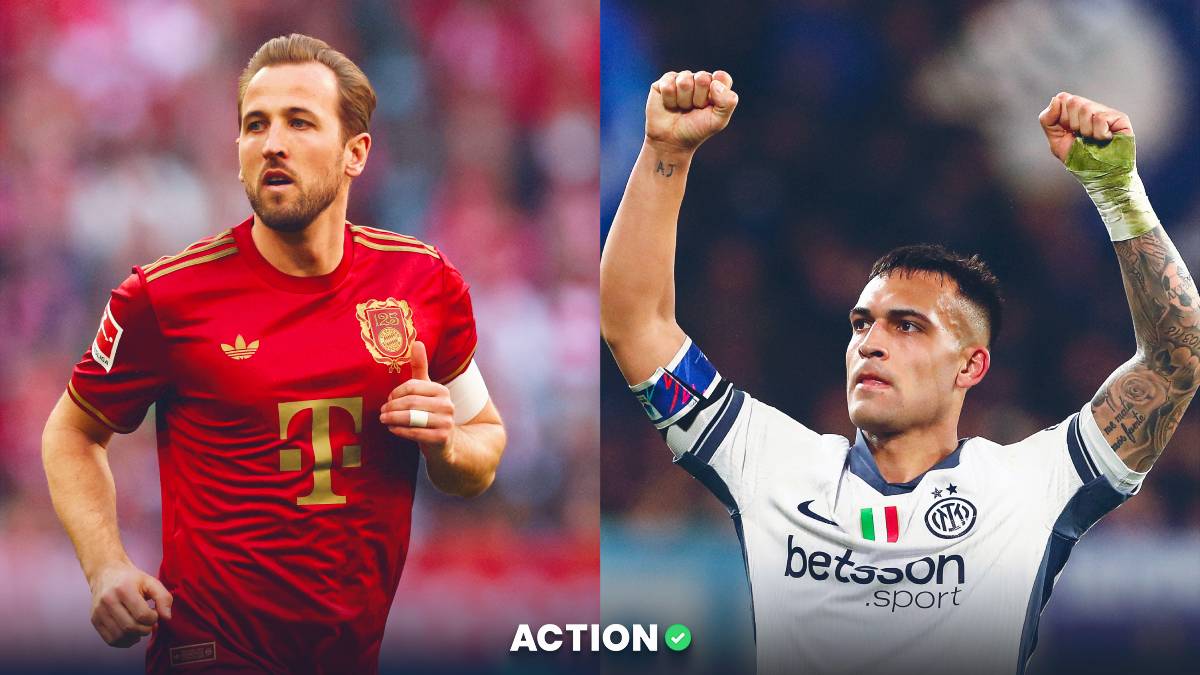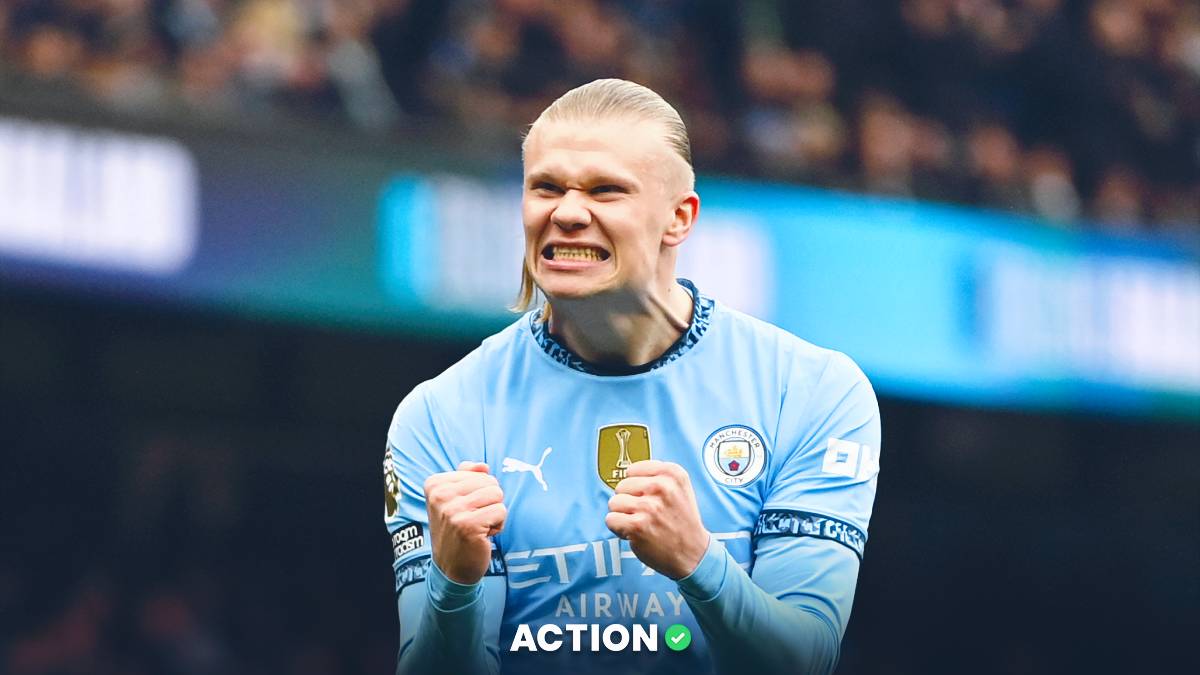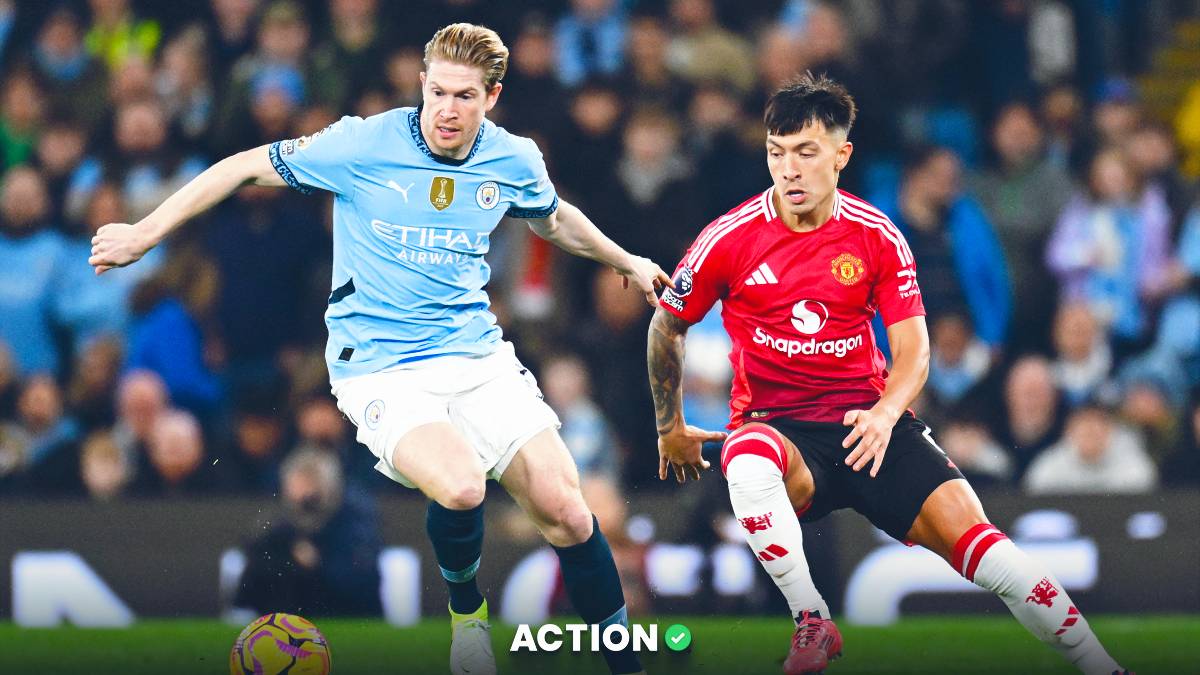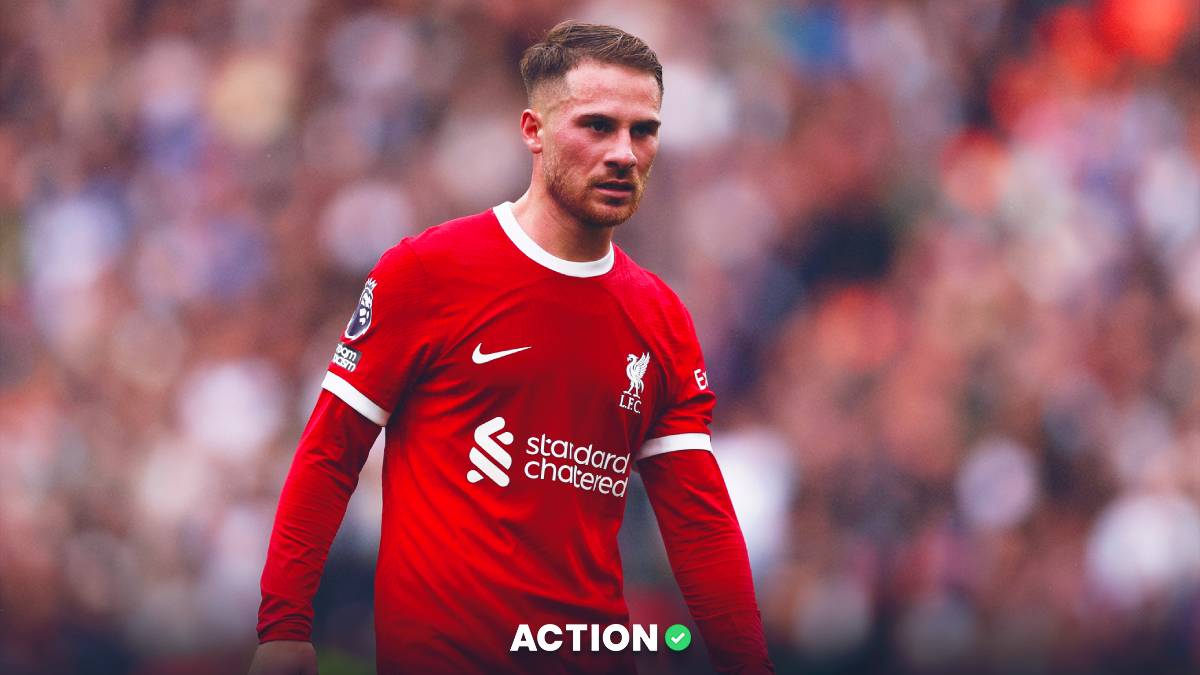Hungary are looking to make the knockout stage for just the third time in their history. Marco Rossi has been at the helm since 2018 and getting Hungary to back to back Euros has been an accomplishment in and of itself.
They were impressive on paper during qualifying, winning their group over Serbia, but there is not only some pretty clear gaps in terms of talent comparatively compared to the other teams in their group, and the underlying data also leaves a lot to be desired.
The main man is Dominik Szoboszlai in their attack, but they are completely reliant on him, so if he gets double teamed or has an off tournament, it's going to be really hard for Hungary to consistently create chances.
Tactical Analysis
There are a couple of main aspects of how Hungary are successful when they have the ball. They will typically build up in a 3-2-5 with the aim of finding Szoboszlai. His positioning changes throughout the match into whatever is best for Hungary. Against teams like Bulgaria and Lithuania, his positioning was more central because they needed to break down a compact low block. Against Serbia, he played predominantly out wide because that was the area they were weakest.
It’s hard to understate not only Szoboszlai’s positioning, but his importance to Hungary when they have the ball. A good number of their chances that they created during qualifying were not just because of his ability as an elite ball carrier, but also his passing range to pick out his teammates. He led them in qualifying with four goals and averaged 3.50 shots per 90 minutes.
With the teams they are going to be facing in this group, they are likely going to try to get the ball into wide areas, typically with passing triangles or sometimes even trying to find a 4 v 3 overload to create chances via a cross. Not all crosses are the same. Some teams utilize short cutback crosses, but most of Hungary’s crosses are from deep to center of the box, which had mixed results throughout qualifying.
Defending in transition is a big problem too. They allowed the fifth-most counterattack shots per 90 minutes and largely it comes down to their inability to counter-press effectively. When they do lose the ball in the final third they often commit quite a few bodies to try and win it back, but once that first line of pressure is beaten, the opponent has acres of space to run at their back line.
Perhaps the biggest red flag for Hungary is their ability to defend set pieces. They allowed the seventh-most shots per set piece in the Euro field and it’s where a good chunk of the big scoring chances they allowed came from. Serbia scored once and hit the post three times against them in qualifying. Hungary are 20th in aerial dual win rate, so set pieces are going to be a problem for them, especially against the teams they have to face in this group.
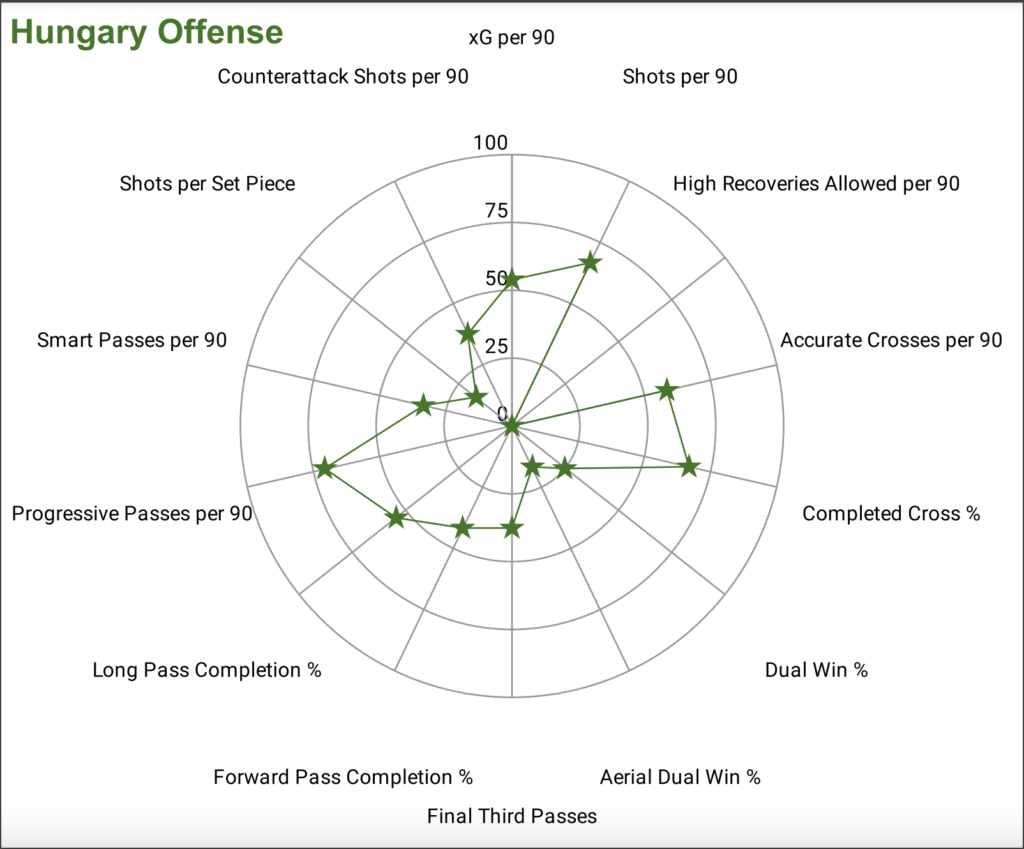
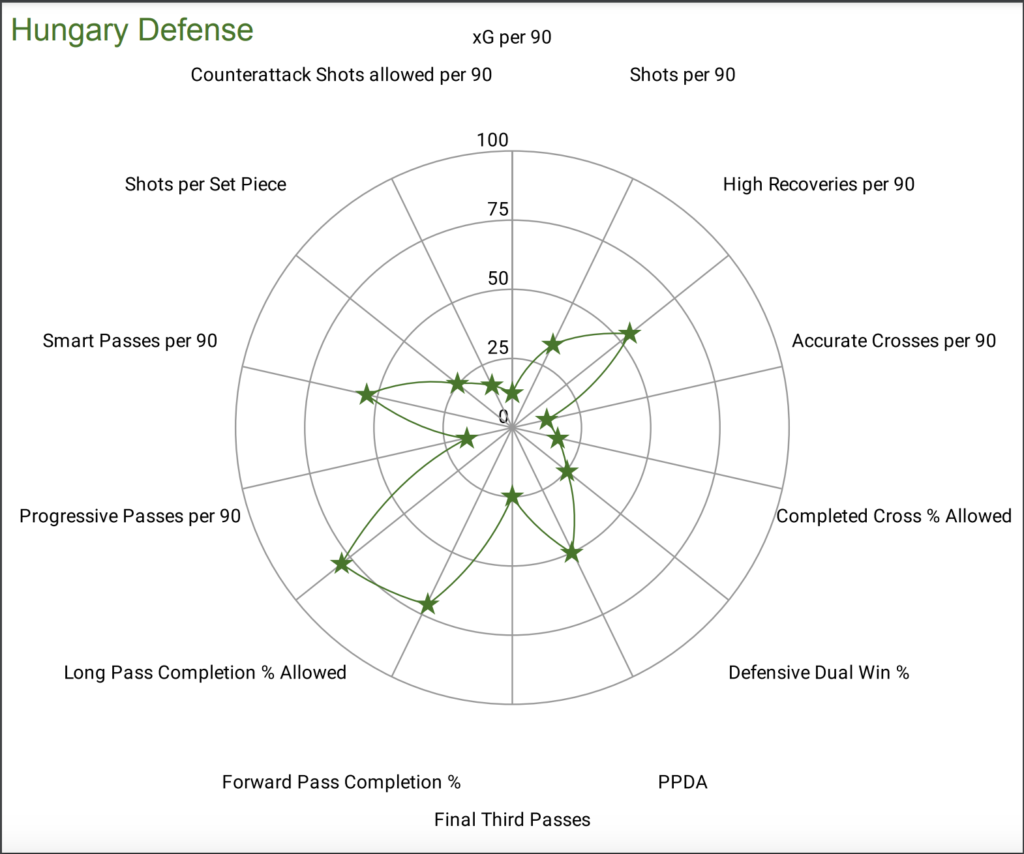
data via WyScout
Pick
Hungary have little to no talent in their back line, they are completely reliant on Dominik Szoboszlai to everything for them when they are in possession and when they reach the final third things tend to fall apart so they settle for a shot from outside the box or a cross.
Throughout qualifying they spent the majority of the time in an even or positive game state. So, that meant they could sit back and play passively in a 5-3-2.
Here’s the problem with that. The second they are in a negative game state, things are going to fall apart because defending in transition is a big problem. They allowed the fifth-most counterattack shots per 90 minutes and largely it comes down to their inability to counter-press effectively.
Their chances at qualifying are likely going to come down to their final match against Scotland, who can exploit their main two weaknesses defensively.
I have Scotland projected as a slight +143 favorite over Hungary in the final match, so I do not agree with Hungary being priced to finish third in this group and like the value on them to finish bottom at +160.


